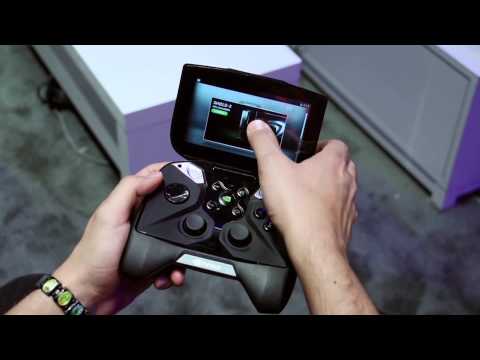Fingerprint Analysis: Lifting Techniques and Enhancements
Summary
A forensic expert teaches a journalist the different techniques for lifting fingerprints from surfaces such as Plexiglas, golf ball, and curved surfaces. They demonstrate the use of fingerprint powder, tape lifting, casting components, and chemical solutions such as molybdenum disulfide to recover fingerprints. The prints recovered are secured and analyzed in the lab, and cross-referenced with databases for identification.
Table of Contents
- Importance of cleaning surfaces
- Types of impressions at crime scenes
- Synthetic “bloody” fingerprints and chemical enhancements
- Analyzing and photographing fingerprints
- Cross-referencing fingerprints in databases
Introduction
Fingerprints are one of the most common types of physical evidence found at crime scenes. They can be used to identify suspects, victims, and witnesses. However, lifting fingerprints from different surfaces can be a challenging task. In this article, we will discuss the different techniques used to lift fingerprints and enhance their detail.
Q&A
Q: Why is it important to clean surfaces before attempting to lift fingerprints?
A: Cleaning surfaces is crucial because any contamination or residue left on the surface can interfere with the chemical reaction that occurs when lifting fingerprints. It can also cause background noise, which makes it harder to identify the fingerprints. Therefore, it is important to thoroughly clean the surface using a non-abrasive cleaner and a lint-free cloth before attempting to lift fingerprints.
Q: Can you explain the different types of impressions at a crime scene?
A: There are three types of fingerprint impressions: latent, patent, and plastic. Latent fingerprints are those that are not immediately visible to the naked eye and require special techniques to lift. Patent fingerprints are those that are visible to the naked eye, such as a bloody fingerprint left on a wall. Plastic fingerprints are those left on a soft surface such as wax or putty.
Q: Can you explain the use of synthetic “bloody” fingerprints and chemical enhancements?
A: Synthetic “bloody” fingerprints are used to demonstrate how to lift fingerprints from surfaces that have been contaminated with blood. A chemical substance is applied to the “bloody” fingerprint that turns it violet purple, enhancing the detail of the fingerprint. However, it is important to wear masks while using chemicals to avoid inhalation.
Q: How do you analyze and photograph fingerprints?
A: After lifting the fingerprints, they should be photographed using a high-resolution camera with appropriate lighting. The fingerprints should be analyzed for ridge characteristics, such as loops, whorls, and arches. These characteristics should then be compared to databases of known fingerprints for identification purposes.
Q: How are fingerprints cross-referenced in databases?
A: Fingerprints can be cross-referenced using automated fingerprint identification systems (AFIS) and integrated automated fingerprint identification systems (IAFIS). These databases store fingerprints from known individuals, including criminals, employees, and military personnel. When a fingerprint is lifted from a crime scene, it can be compared to the fingerprints in the database to identify potential suspects.
Conclusion
Lifting fingerprints from different surfaces can be a challenging task. However, by using the right techniques and enhancements, forensic experts can recover valuable evidence that can be used to solve crimes. It is important to thoroughly clean surfaces, be familiar with the different types of impressions at a crime scene, wear protective gear while using chemicals, and use databases to cross-reference fingerprints for identification.







